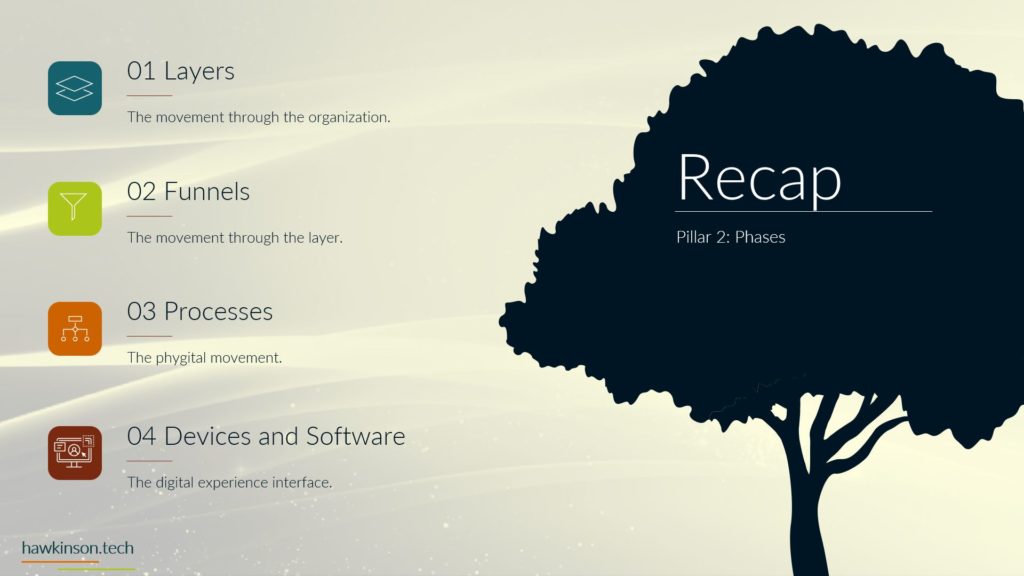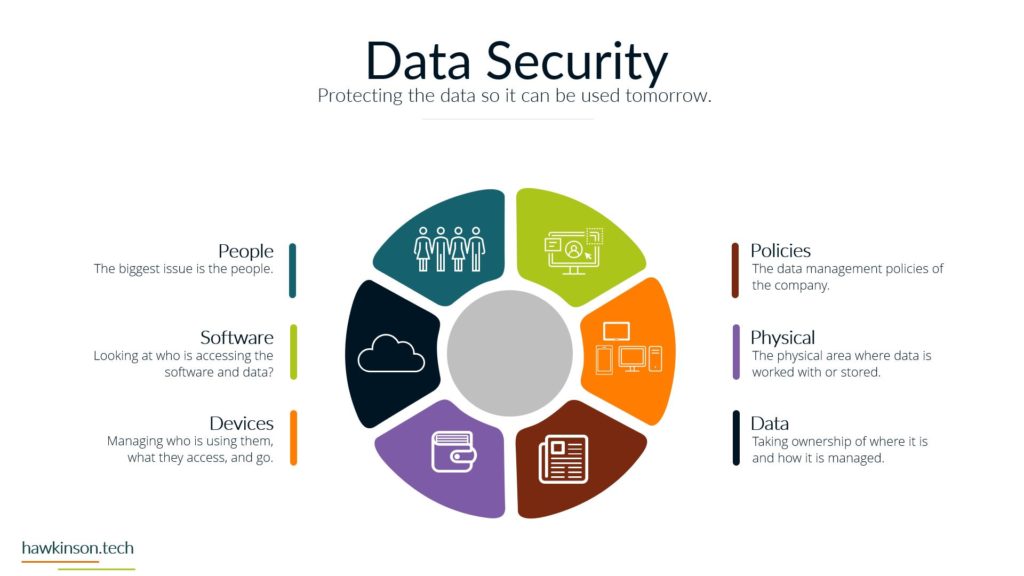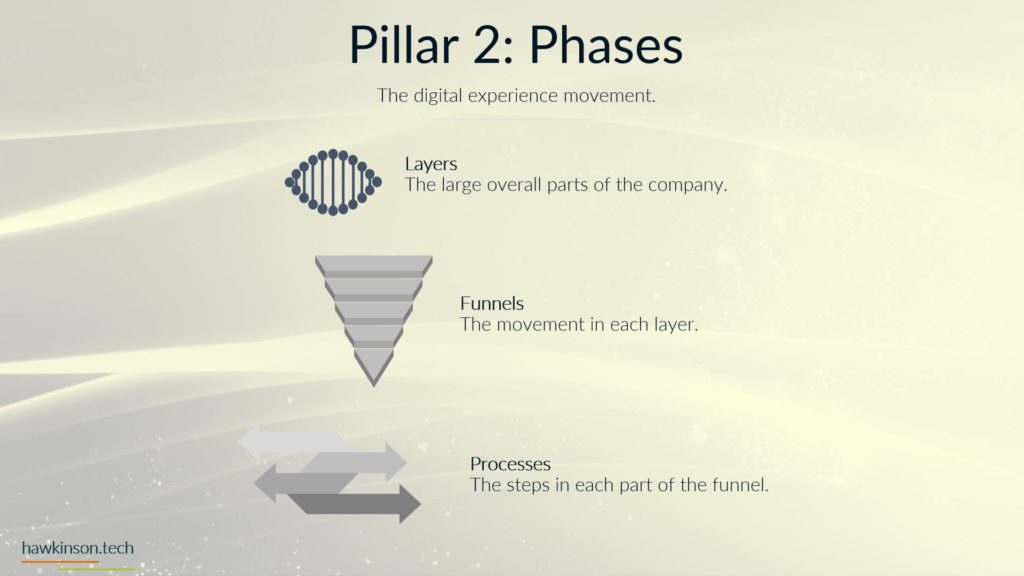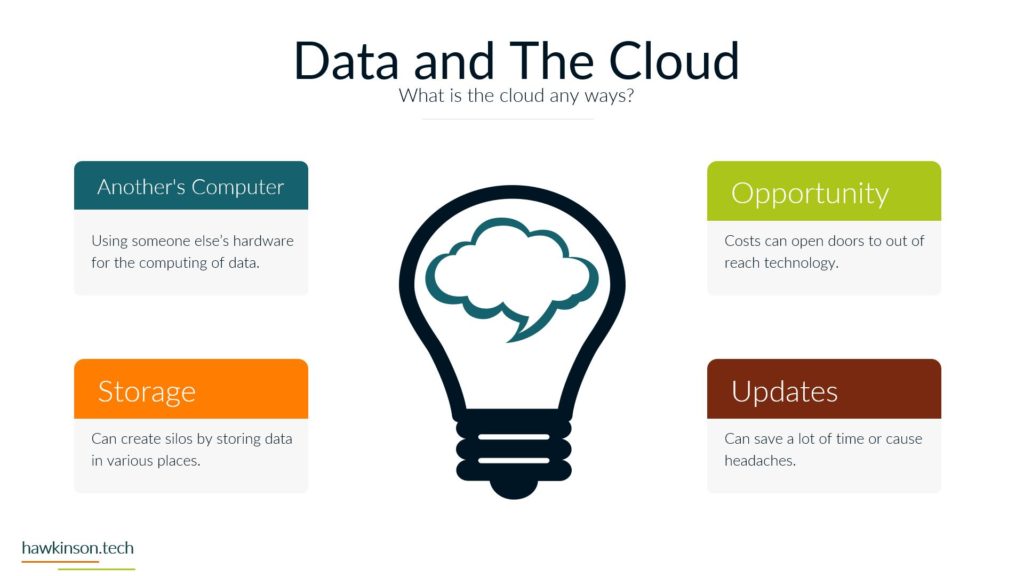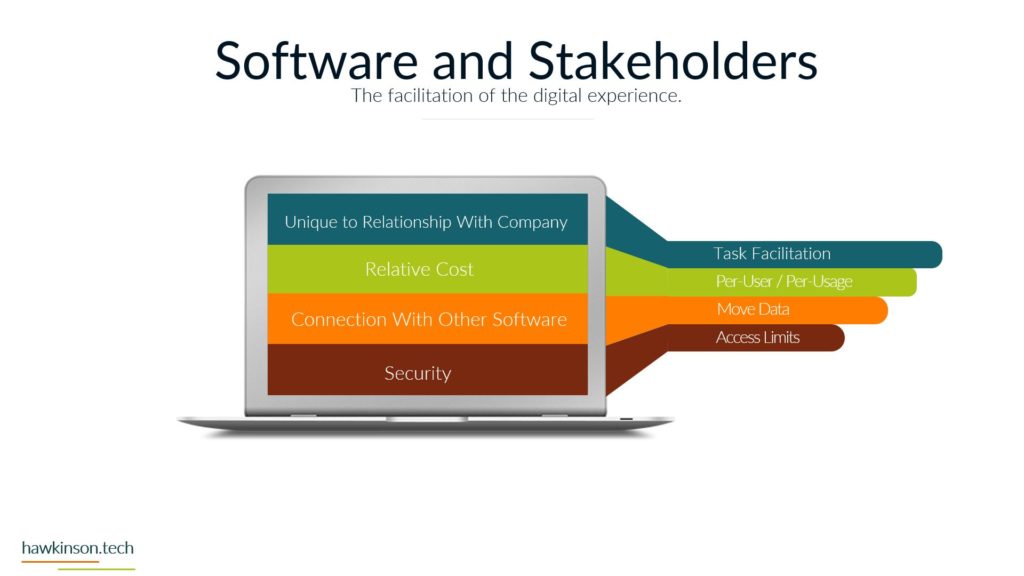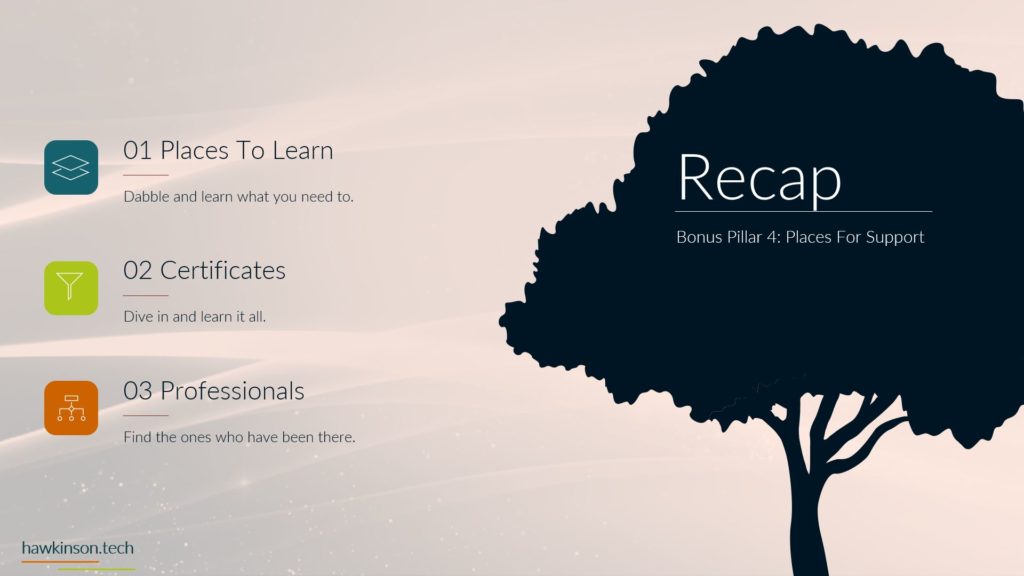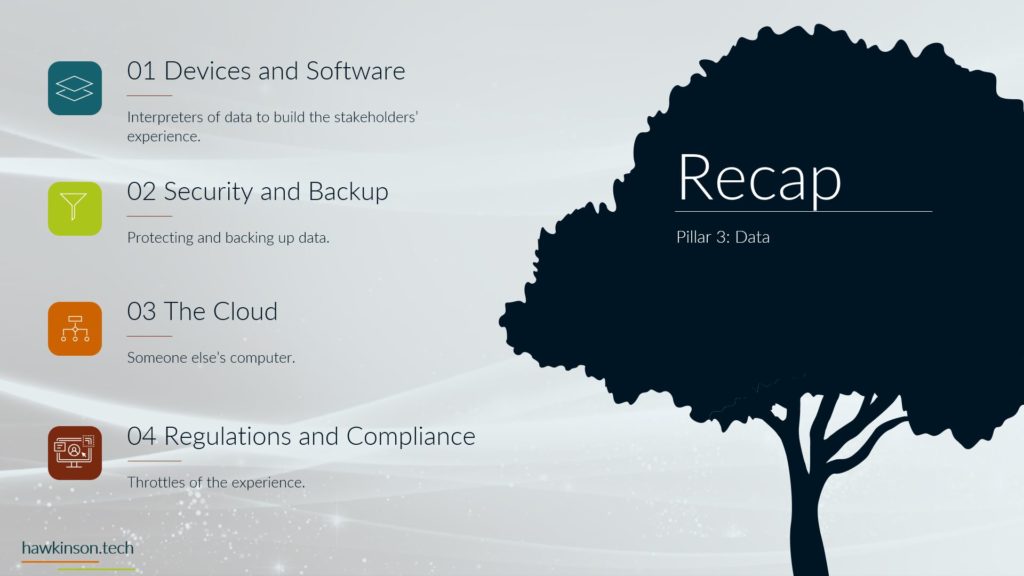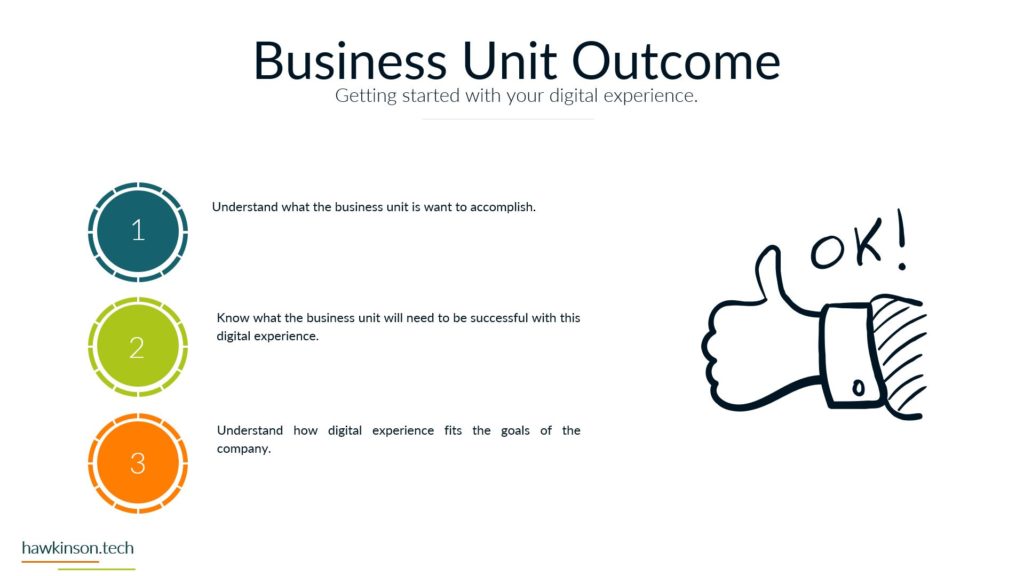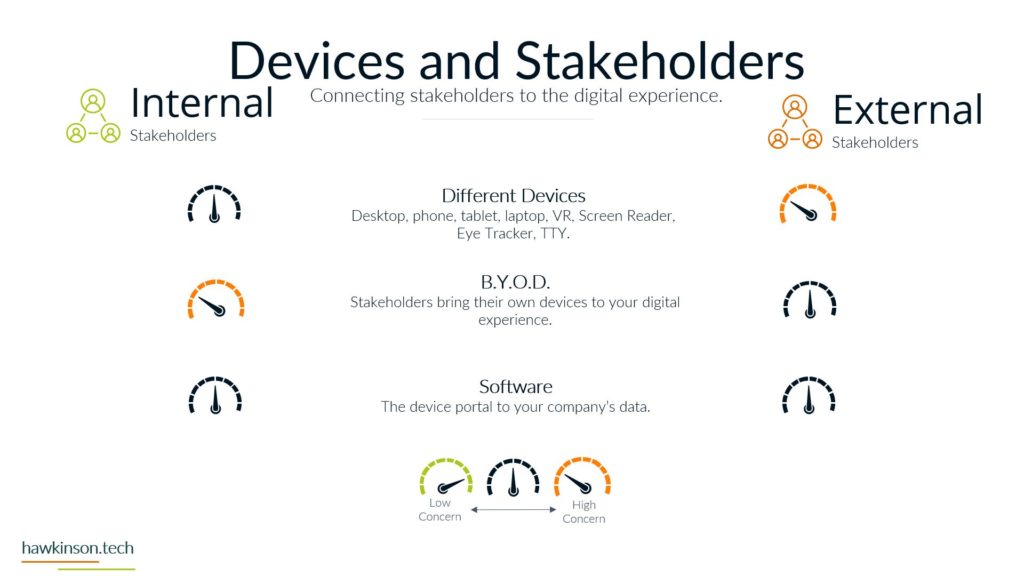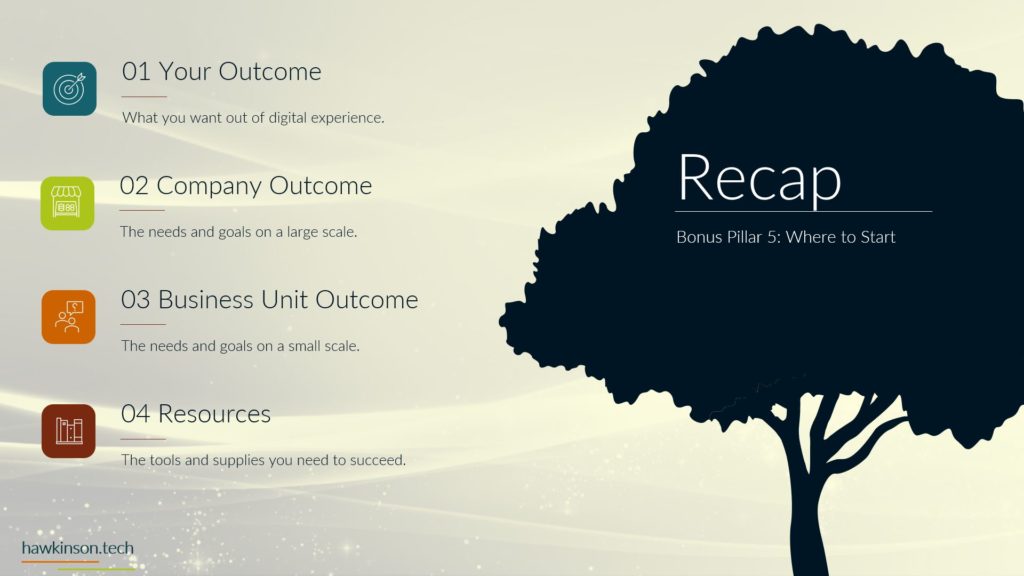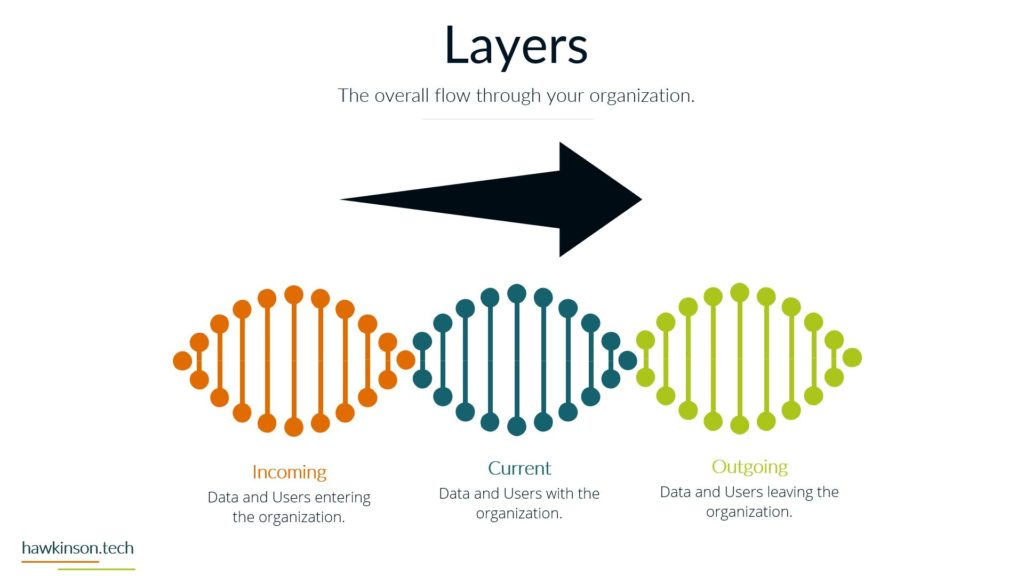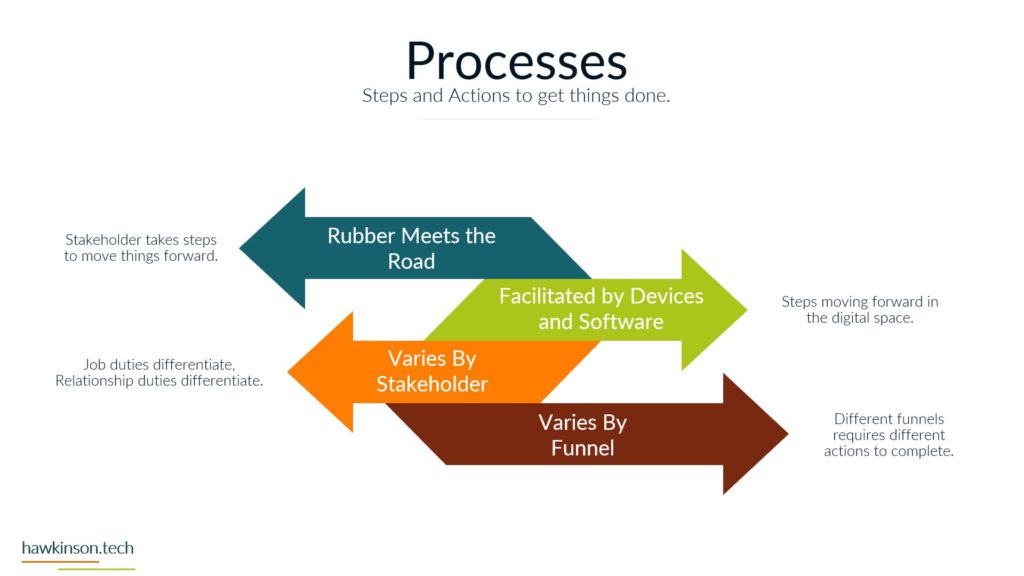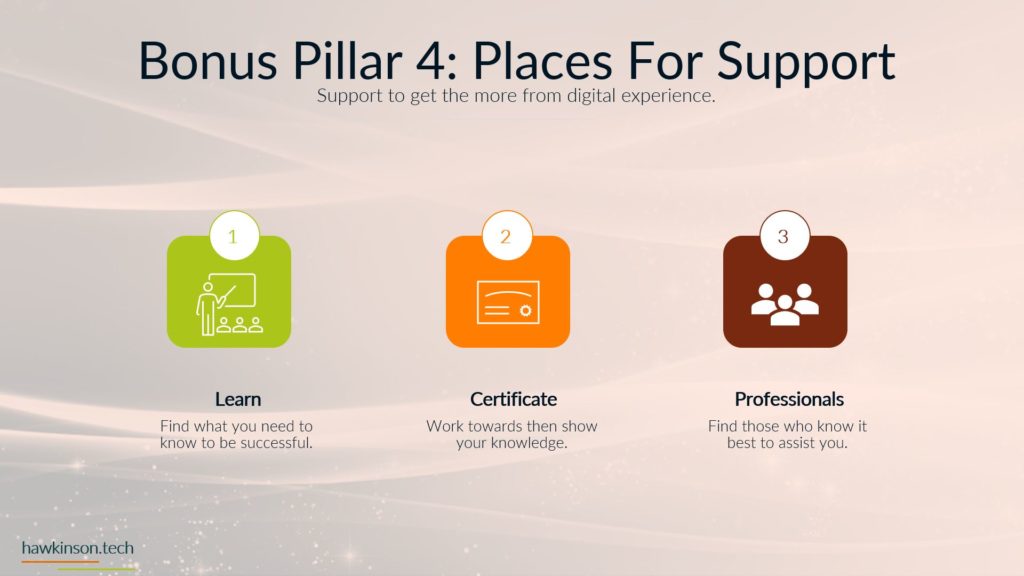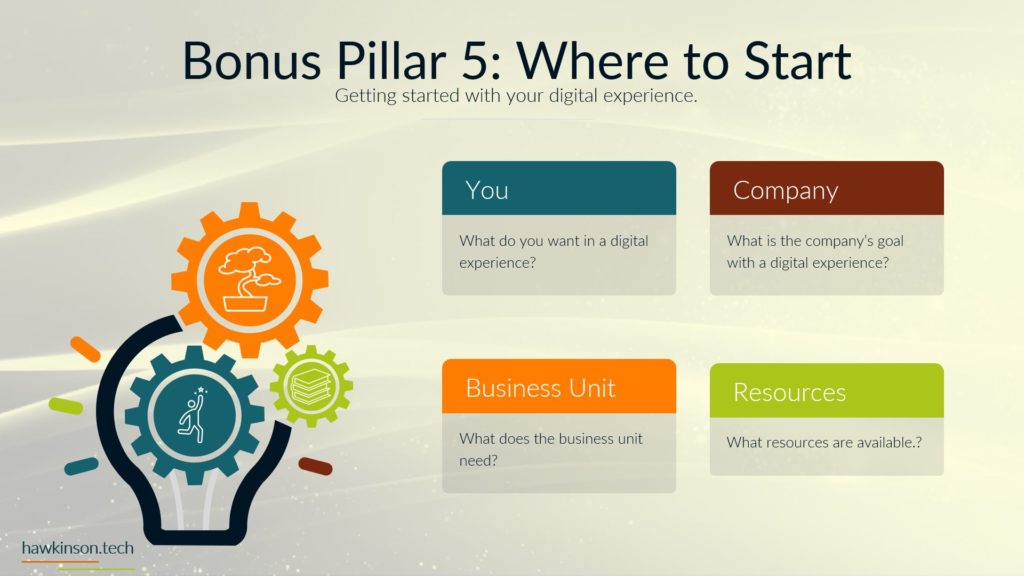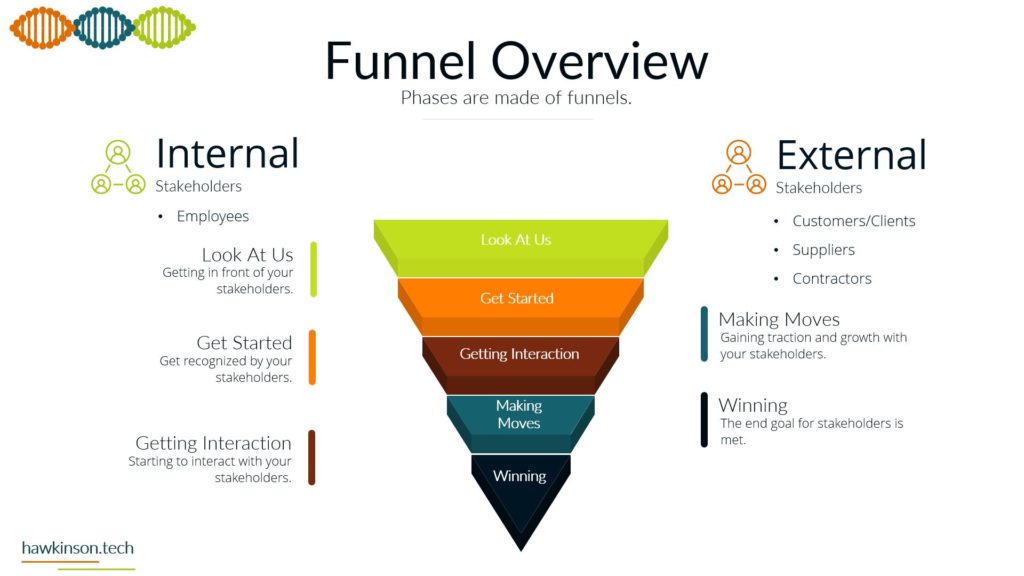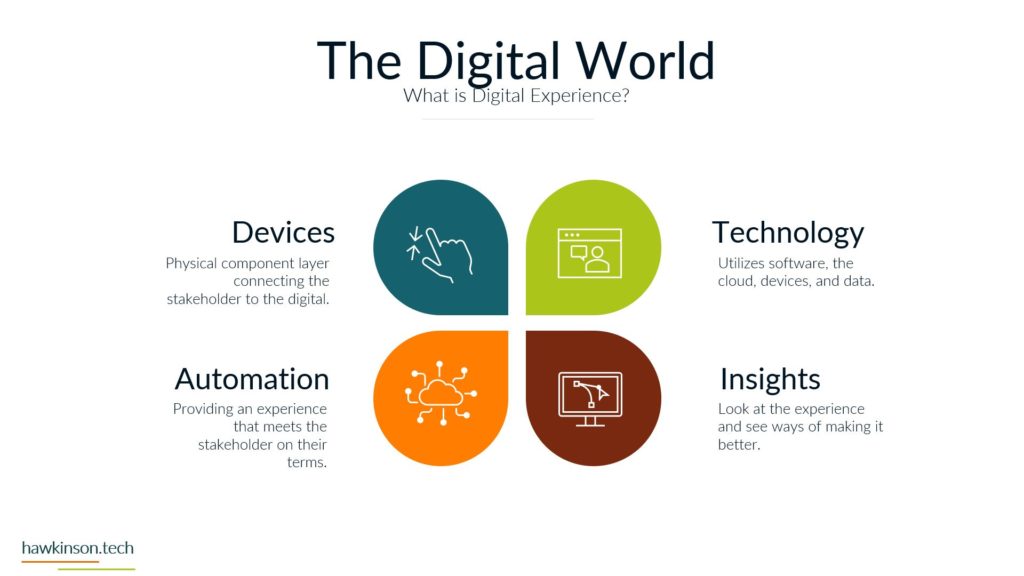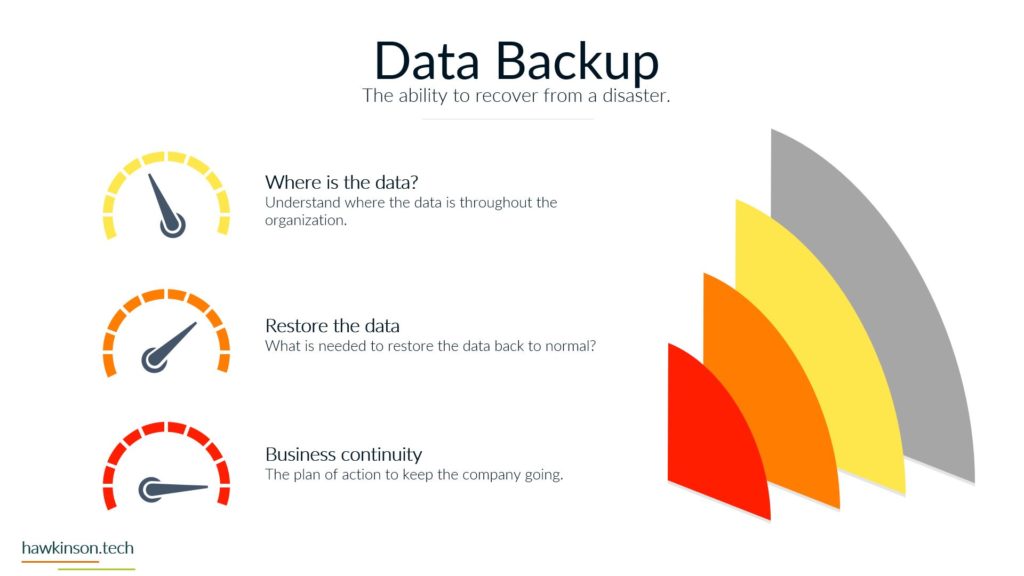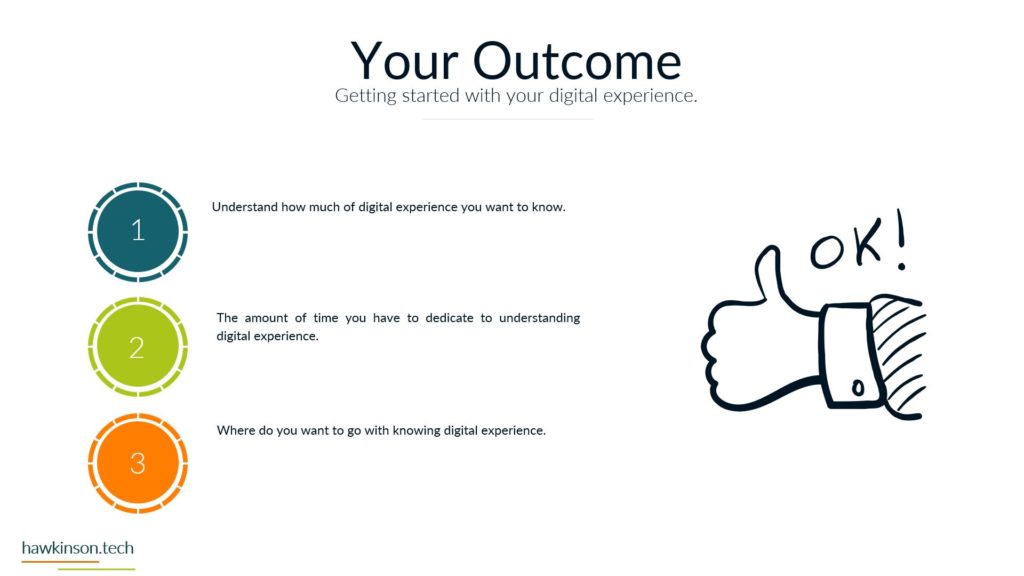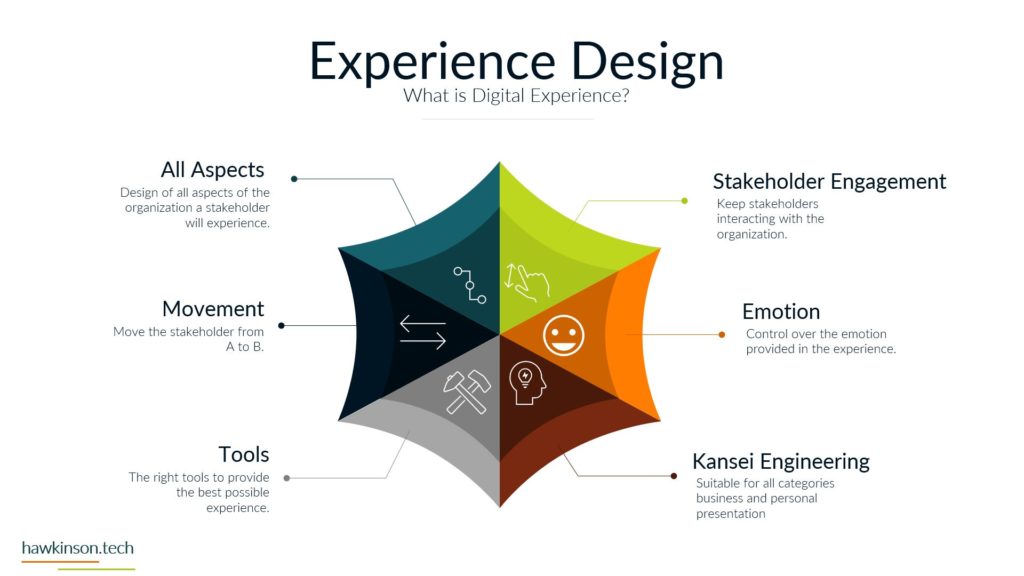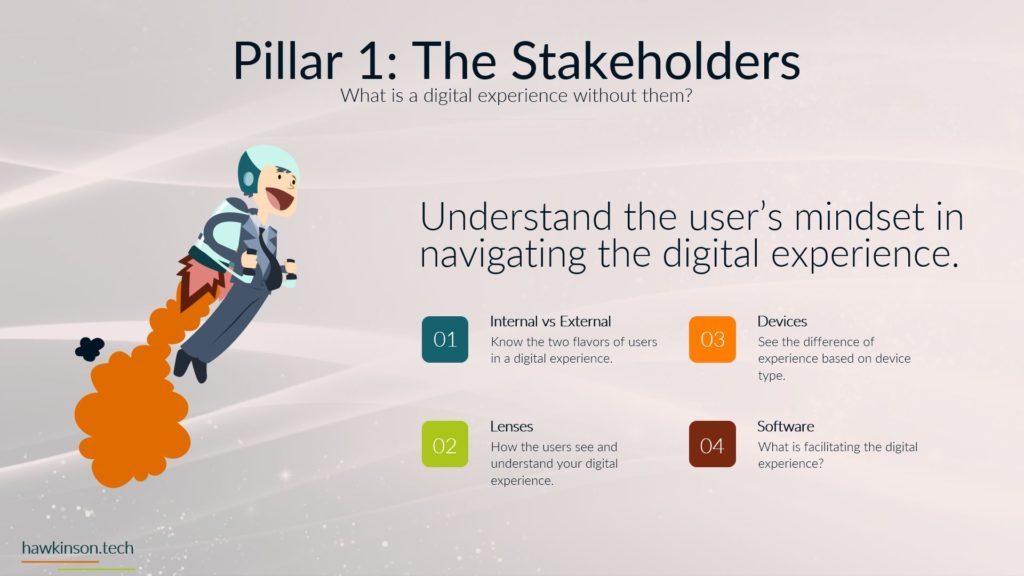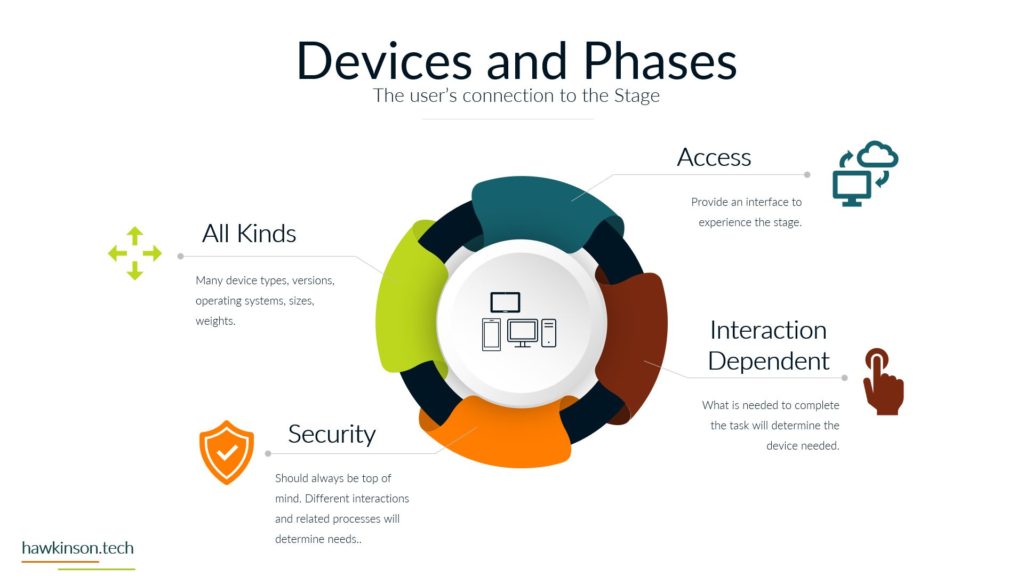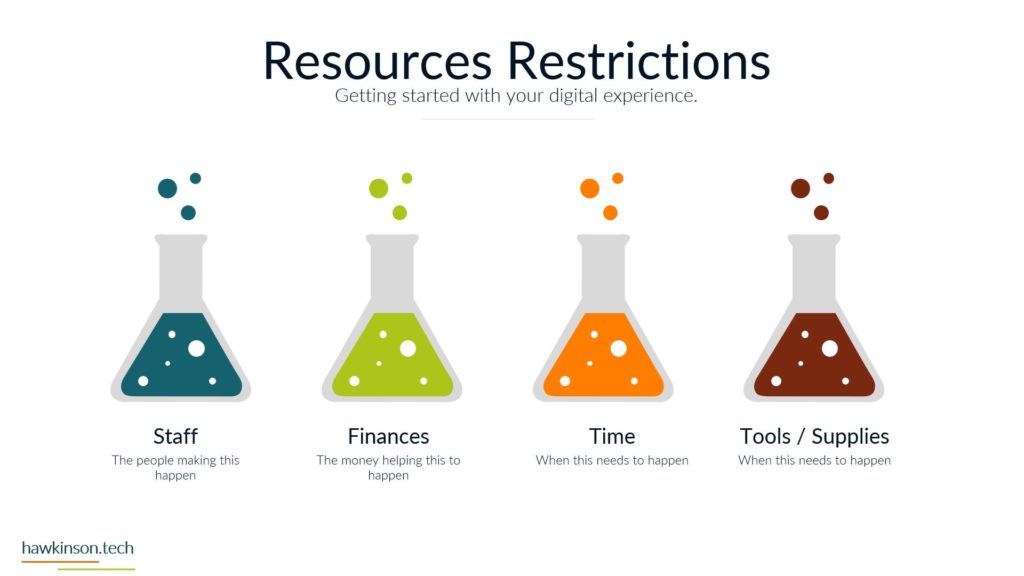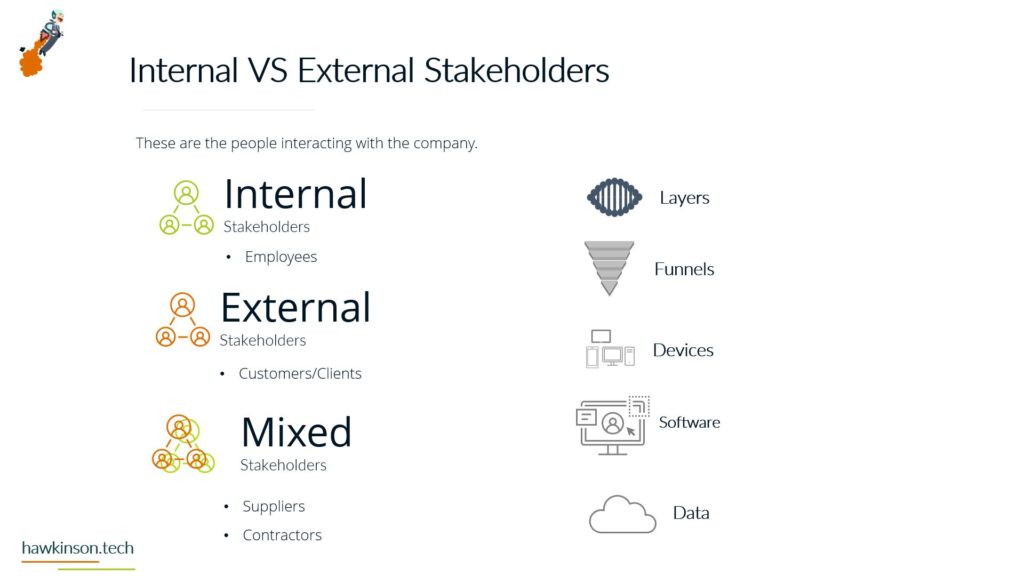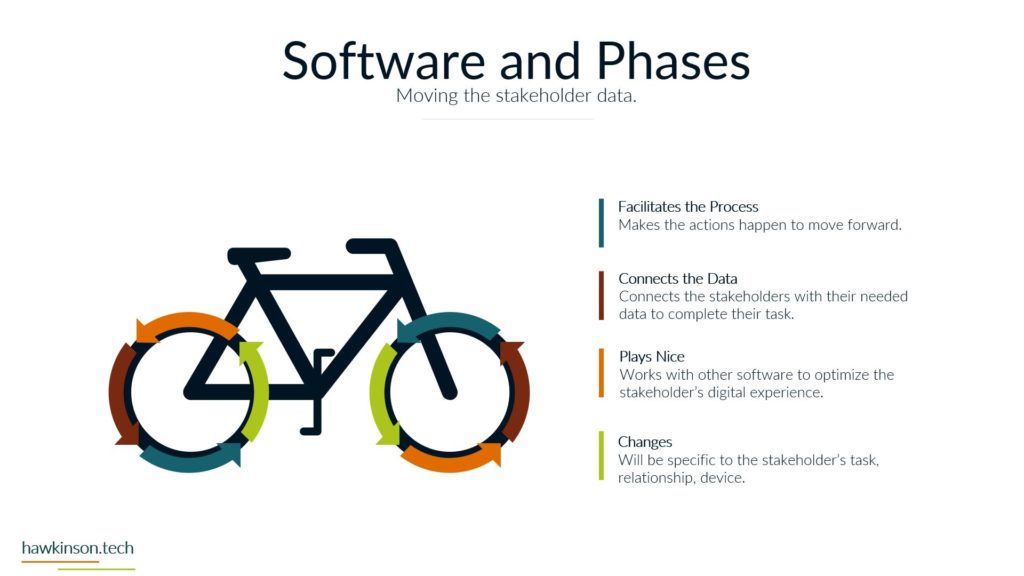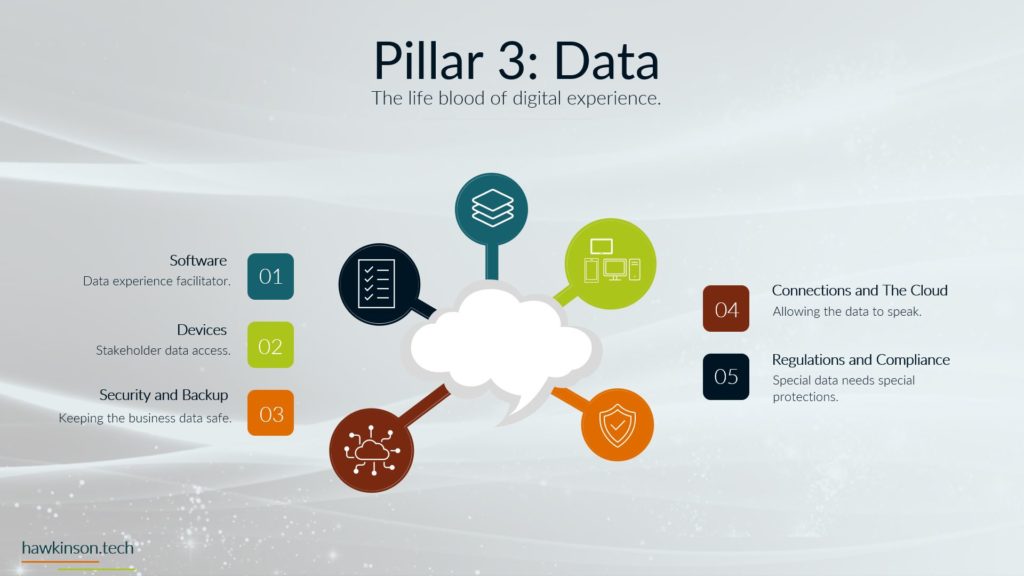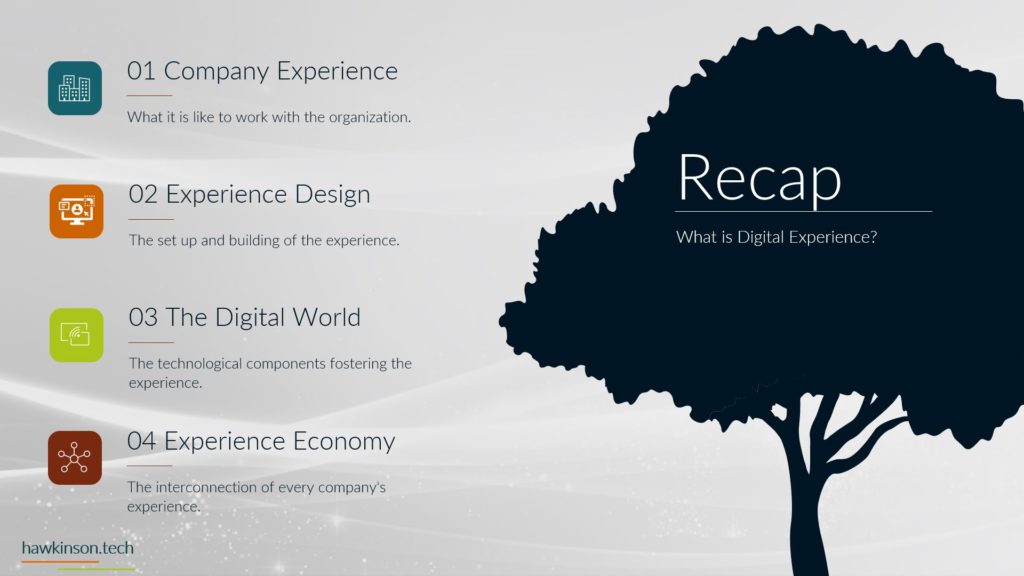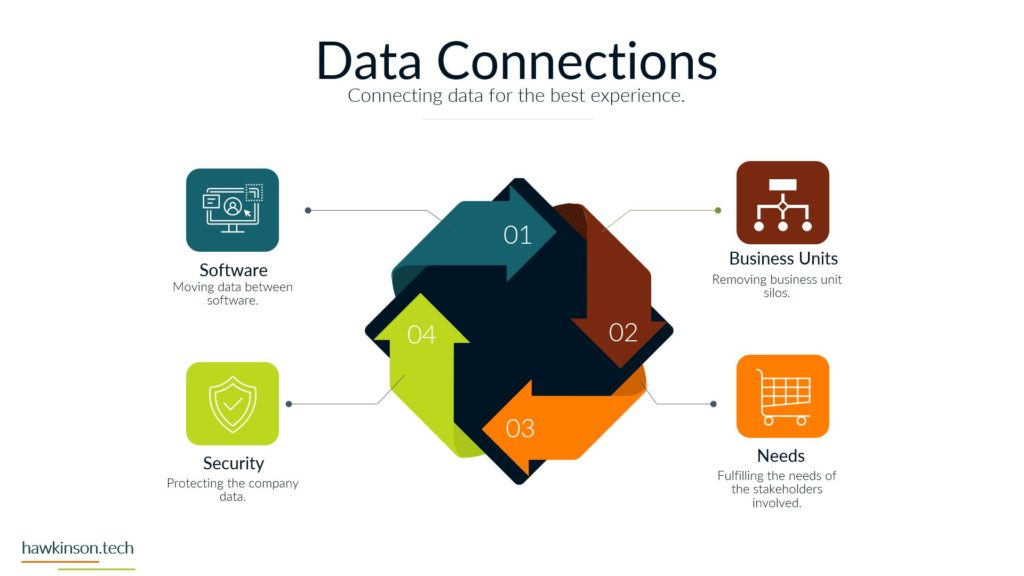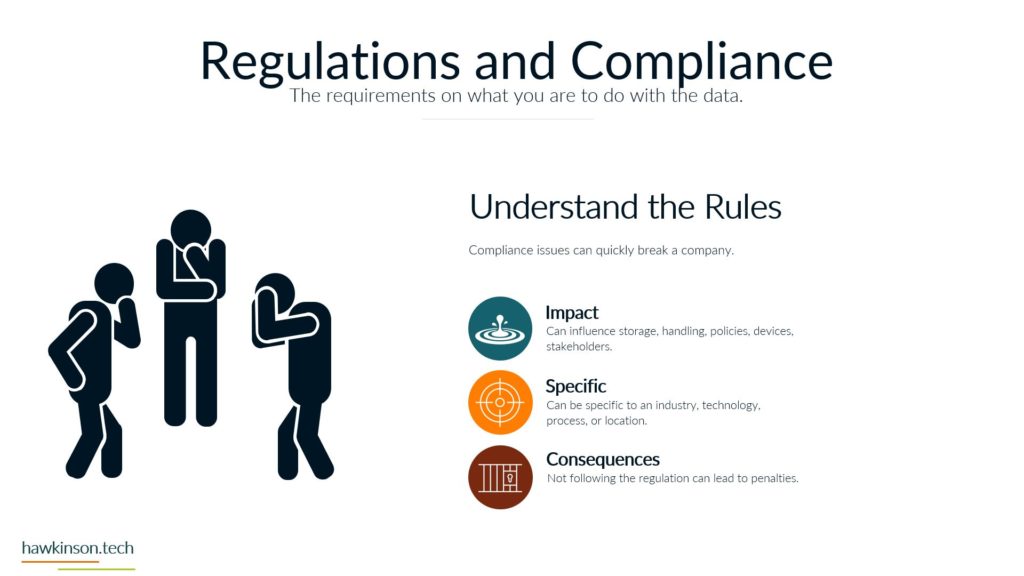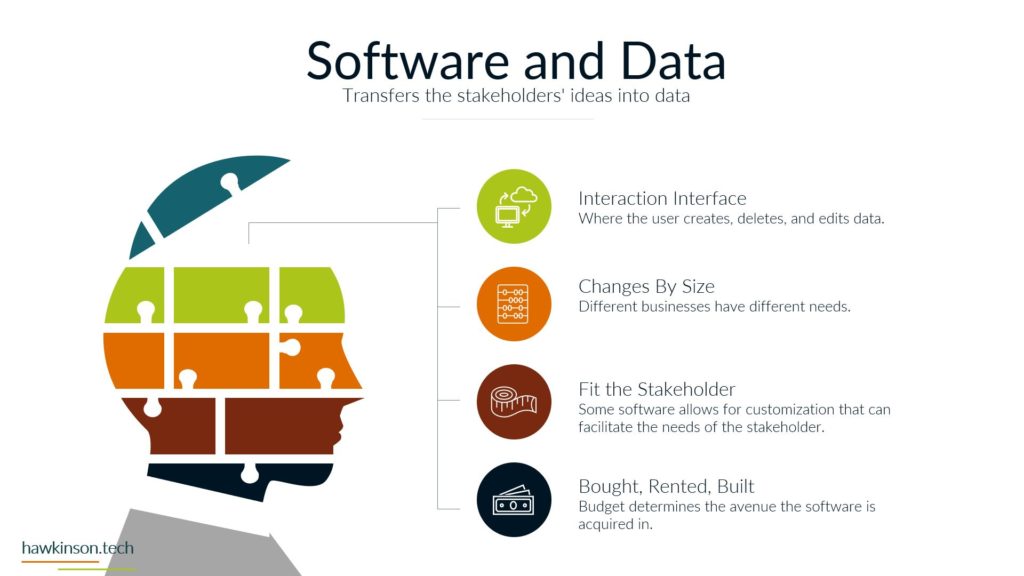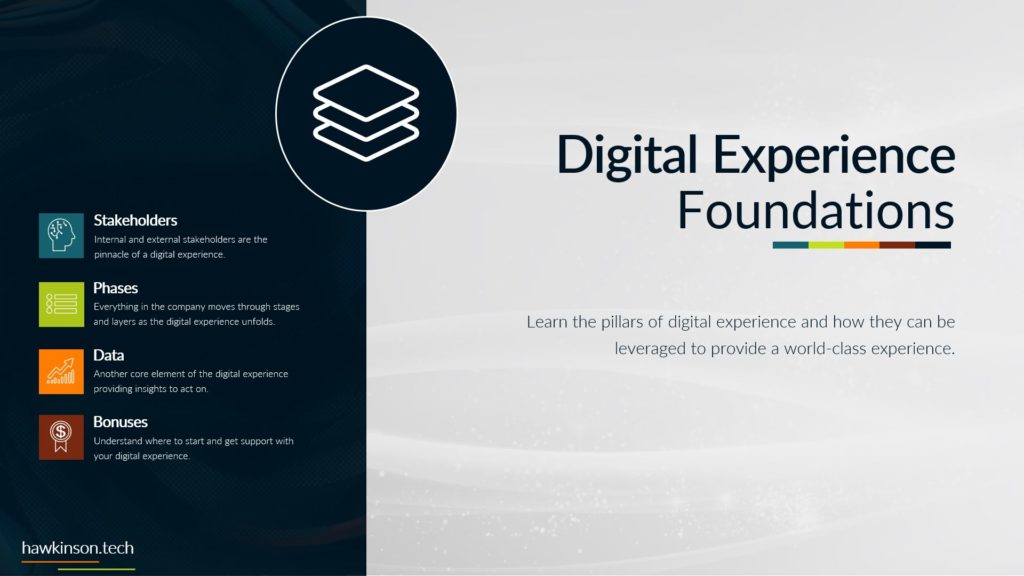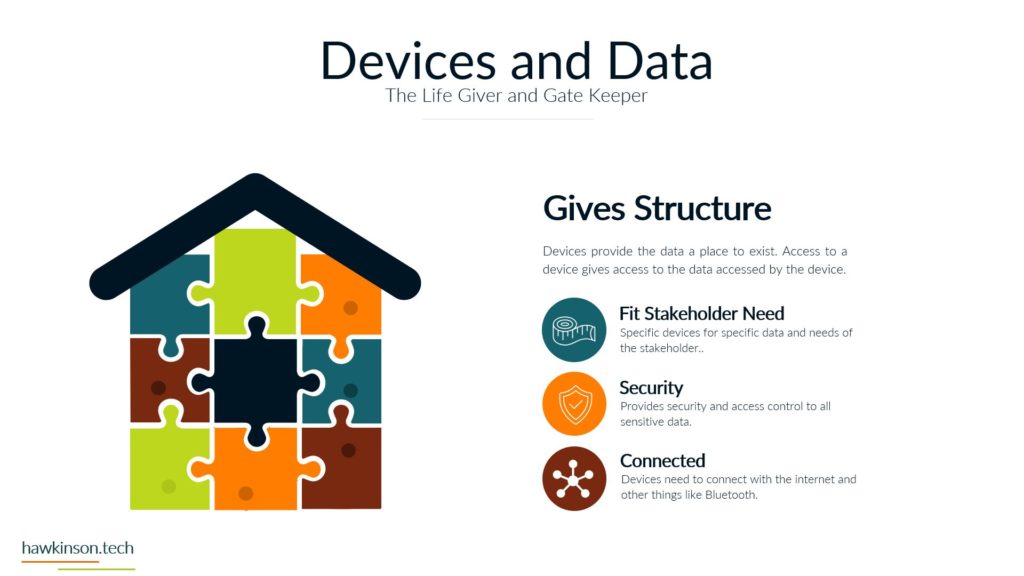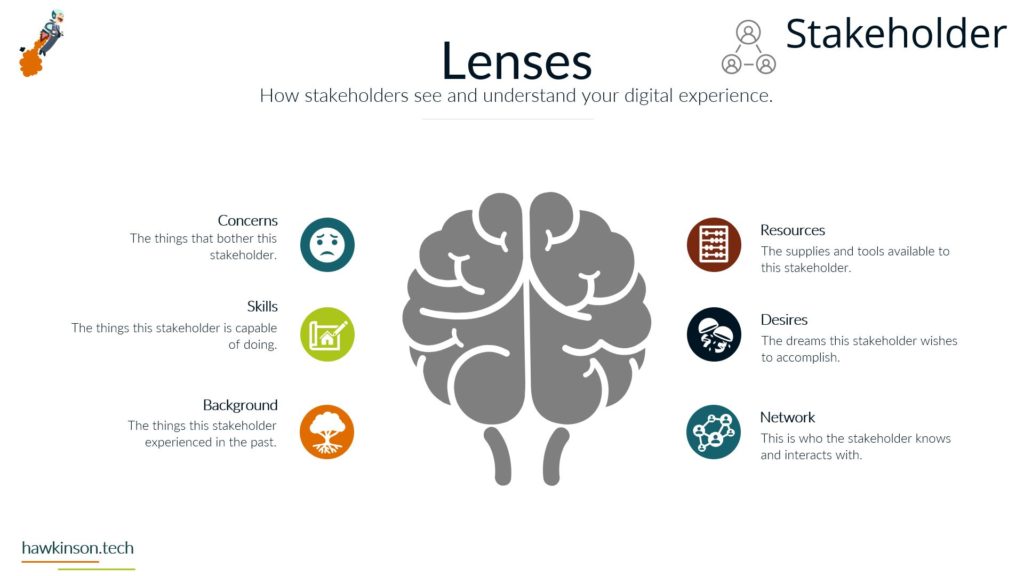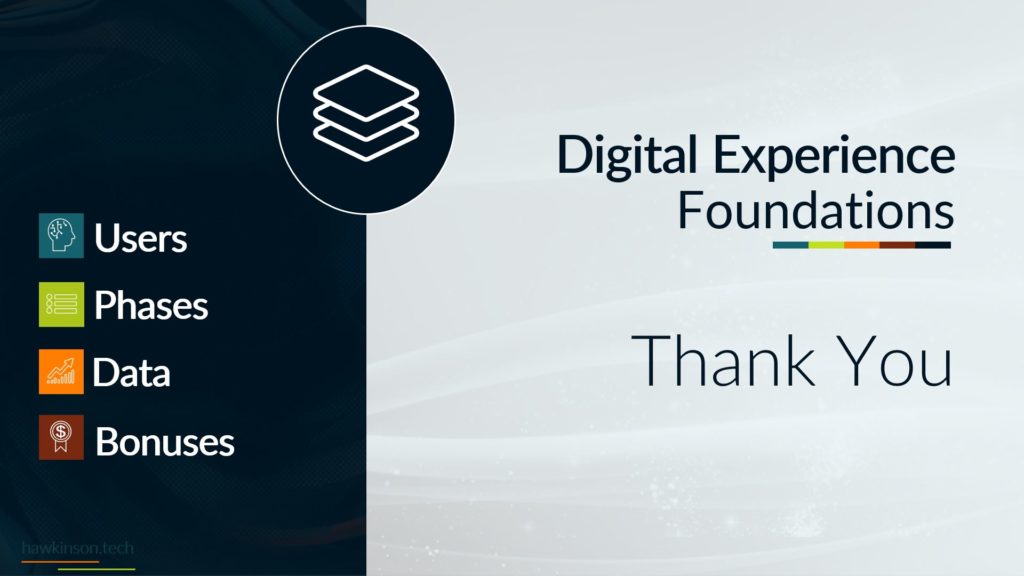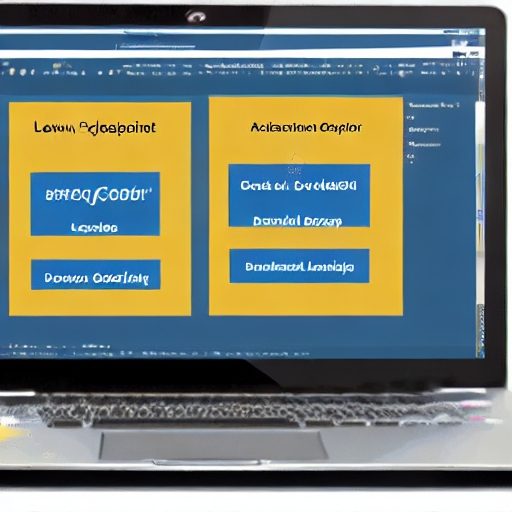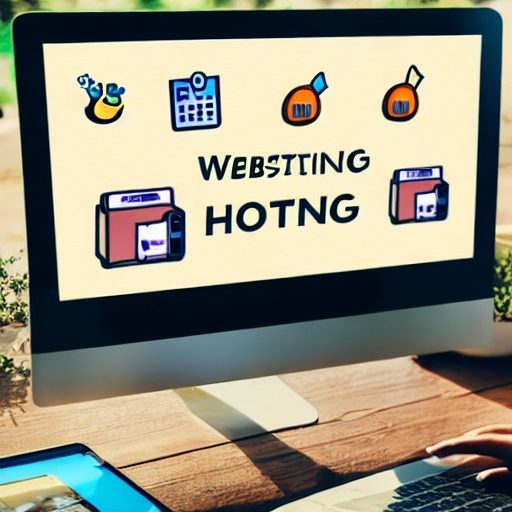In this lesson, we look at software components and how they impact the end-user experience.
Digital Experience | Pillar 1 Stakeholders | Lesson 4 Software
Follow Me Elsewhere:
Play Video
Play Video
Alright, so now let’s continue looking at the stakeholders and look at the software and how that compares and works with stakeholders. So the first thing to know is with software and stakeholders, the software is going to be unique to the stakeholder and their relationship with the company. For example, the individuals that are in the sales department are likely to use software that helps them with fostering sales and working with customers versus somebody that is in the warehouse is likely to work with software that does inventory management and control. So with that we can also say that the. Software used is very related to the tasks that need to be facilitated for a particular user. With that, then there’s also a relative cost that comes into play for each of the aspects of the software. For most software, it’s going to be priced on a per user or per usage, and usually on a monthly or annual cost. This also differentiates depending on where the software is purchased. So software that is purchased that is labeled as cloud software is going to follow this type of subscription model. There is software you can get that is labeled as. On premise or perpetual type software. And in that case those licenses are usually paid once and then you just get unlimited access to the software. The downside with that is while it can be a way of controlling your cost because you’re only getting it once, it will be limited to whatever year you purchase it. And what that means is they’re usually won’t be any additional updates or anything like that until you upgrade to whatever following year from that piece of software. Then the other thing we need to consider when we’re looking at software and stakeholders is the way that software connects with other software. And the big thing here is because we’re looking to move data and depending on how software communicates with other software is going to impact the way that users are able to exercise that software. For example, if we have a CRM that is connected into an e-mail marketing platform, then. You might be able to automate sending out various emails and some of the follow-up responses that a sales user would have within the platform. If that connection isn’t there, then those same users are likely to have to go back and set up manual processes and take manual steps in order to move that data. And while we’re still getting to the same accomplishment and getting to the same place with that, it’s a vastly different experience for the users. And what they’re going to get out of the company and their relationship with the company. Now, the last thing that we should look at when we’re looking at software and stakeholders is security. And we want to make sure that we are protecting the data that is within the software and even protecting who has access into that software. So we want to set up a variety of access limits to determine who’s able to touch that data and what they’re able to do with that data, the kind of big. Thing here is there are certain datas within the company that other users just don’t need to know or if that data was to leak out, then it could cause issues for the organization. And so we want to make sure that we’re just preemptively limiting and regulating that access before those users have the ability to do something malicious with that data. So now let’s move to the last section where we where we will recap this section and look at some of the. Next steps to take.
Related Content
More Content
A low-code development platform allows developers to create applications with minimal coding. Read here to learn what to look for in a development platform.
Discover the power of ClickFunnels as a comprehensive sales funnel builder and marketing platform. Explore 17 compelling reasons to choose ClickFunnels, including its user-friendly interface, all-in-one solution, pre-built templates, integration with third-party tools, powerful split testing
Are you searching for a hosting provider and need help deciding which things to focus on in your search? Check out this post for all the things you should look for in a hosting provider.
Email marketing is a versatile and effective strategy that can be applied across industries to engage customers, drive sales, and build relationships. This article explores the application of email marketing in industries such as retail, healthcare,
Privacy policies have become integral for website development and help keep user privacy safe. Read here to find out about the top WordPress compliance plugins.
This article will provide a comprehensive guide to the essential steps businesses should take to create and maintain a seamless customer service management system. Stay with us for more.
Do you want to know how GIPHY can expand your business? Read on to discover the crucial factors in ranking your gifs on GIPHY for brand promotion and expansion.
Explore the critical role of stakeholders in shaping a company’s digital experience. Understand internal and external stakeholders, navigate mixed stakeholder relationships, map stakeholder journeys, optimize device interactions, leverage software effectively, and harness the power of data.
Discover the crucial significance of data backup in shaping a seamless and secure digital experience in today’s rapidly evolving business landscape. Learn how understanding the whereabouts of your data, evaluating data restoration procedures, and ensuring business
This article aims to provide an in-depth look at various programming languages and their use in app and software development. Stay with us for more details.
Use this guide to walk through installing a plugin in WordPress. It covers the steps to install a plugin file from a third party and those found in the plugin repository.
